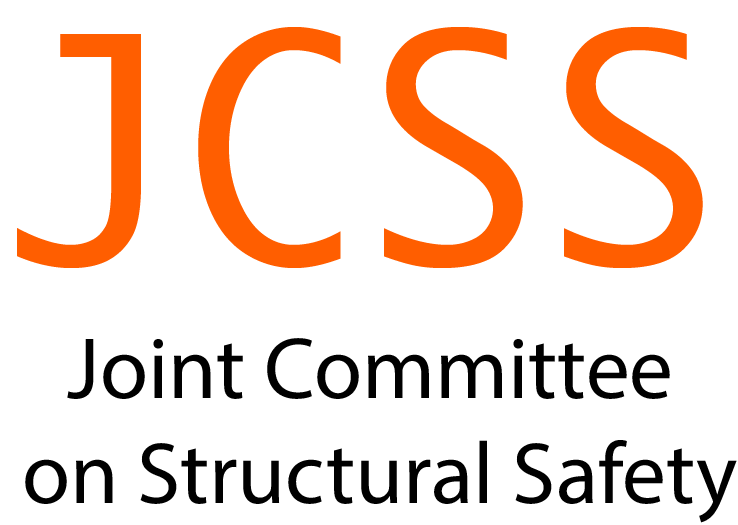Session IV - Updating and Monitoring¶
Moderator: Celeste Viljoen
Aim of the Session¶
Monitoring of structures and updating of structural models can inform maintenance decisions and safety interventions. This session explores the available techniques for assessment of existing structures, the value of information gleaned from such monitoring, how these techniques translate from research to practice, including its use in novel structures.
Updating and Monitoring of Signature Structures¶
by Helmut Wenzel, Wenzel Consult, Austria
Updating and monitoring of signature structures that are not covered by standards, including environmental and societal risks.
Assessment of Bridges Based on Updated Information and Monitoring, Croatian Perspectives¶
by Ana Mandić Ivanković, University of Zagreb, Croatia
The presentation will cover current practice of assessment of existing bridges, mostly as condition assessment based on visual inspection. Further on proactive approach to bridge inspection will be introduced. Then after the importance of employing safety/reliability assessment will be commented. Multi-level assessment methods will be mentioned with the particular focus on (i) assessment of road bridges for traffic load by employing Bridge Weight in Motion and (ii) revealing ductility levels of old bridge piers for their adequate seismic assessment. In the end, the conclusion will be made on what should be done/changed/introduced from research into the practice in order to have optimal assessment of existing bridges.
Novel Techniques Regarding the Assessment and Monitoring of Structures¶
by Alfred Strauss, Universitaät für Bodenkultur, Austria
Assessment and monitoring concepts for structures become more and more important in the intervention planning (e.g., maintenance, repair, rehabilitation, replacement) for new and existing structures. Nevertheless, there is still a strong demand for the development and efficient use of novel techniques for monitoring and assessment of structures. These techniques affect intervention and maintenance strategies and in consequence cost optimization concepts. Therefore, the objective of this presentation is to highlight the recent developments in science and practice and to formulate the next necessary steps. This presentation provides the opportunity to disseminate and discuss novel techniques regarding assessment, monitoring and maintenance techniques of structures.
What Makes the Value of Information?¶
by Sebastian Thöns, Lund University, Sweden
The talk on “What makes the value of information?” provides a review and a classification of information and action modelling in decision analyses involving built environment systems. The classification aims at consistent modelling of uncertainties and implementation states of information and actions. The classification is used to analyse and to derive the conditions of information and action value and probabilistic modelling properties and axioms are identified and discussed. The talk closes with reaching out to properties of engineering knowledge gain.
